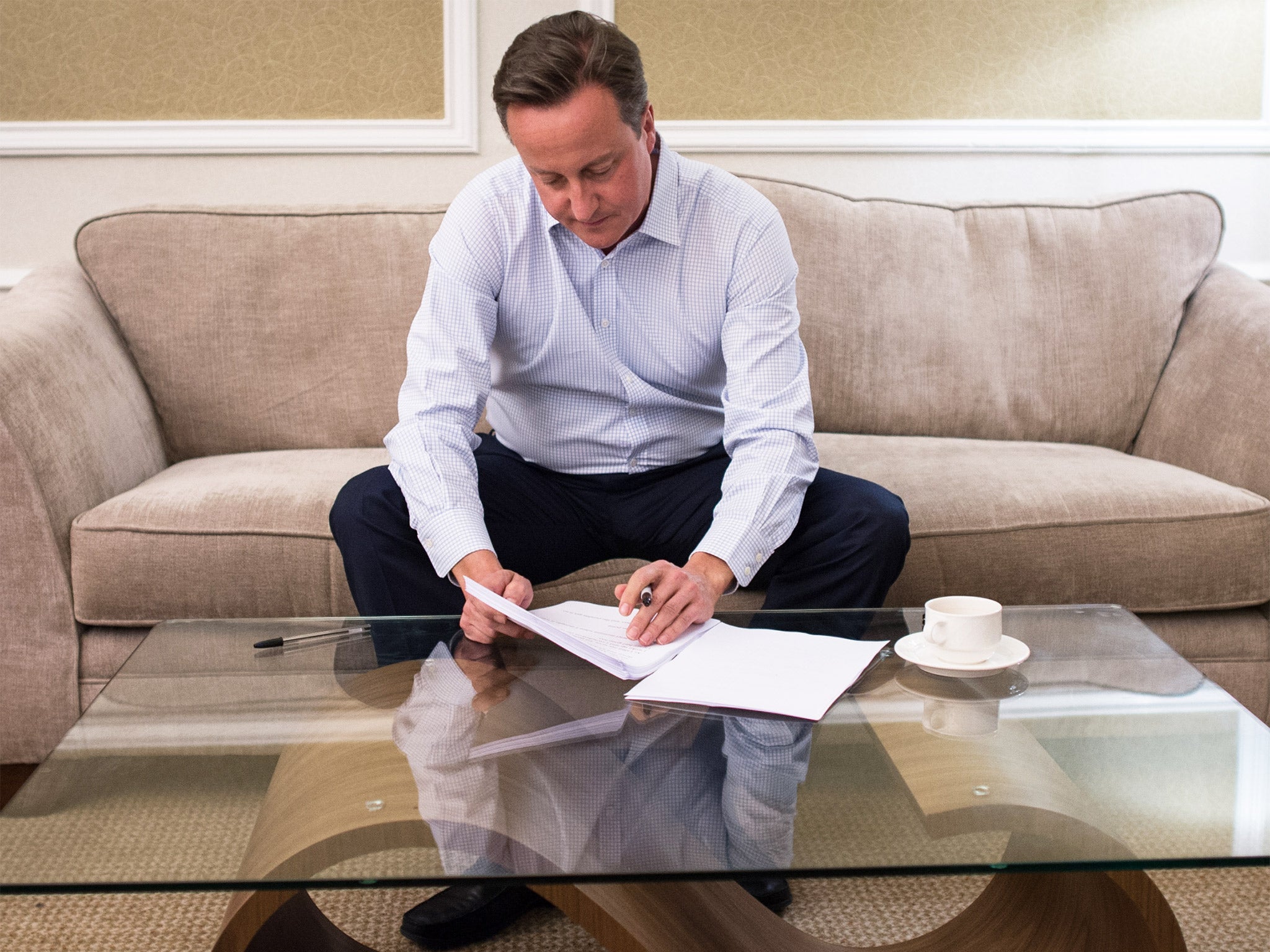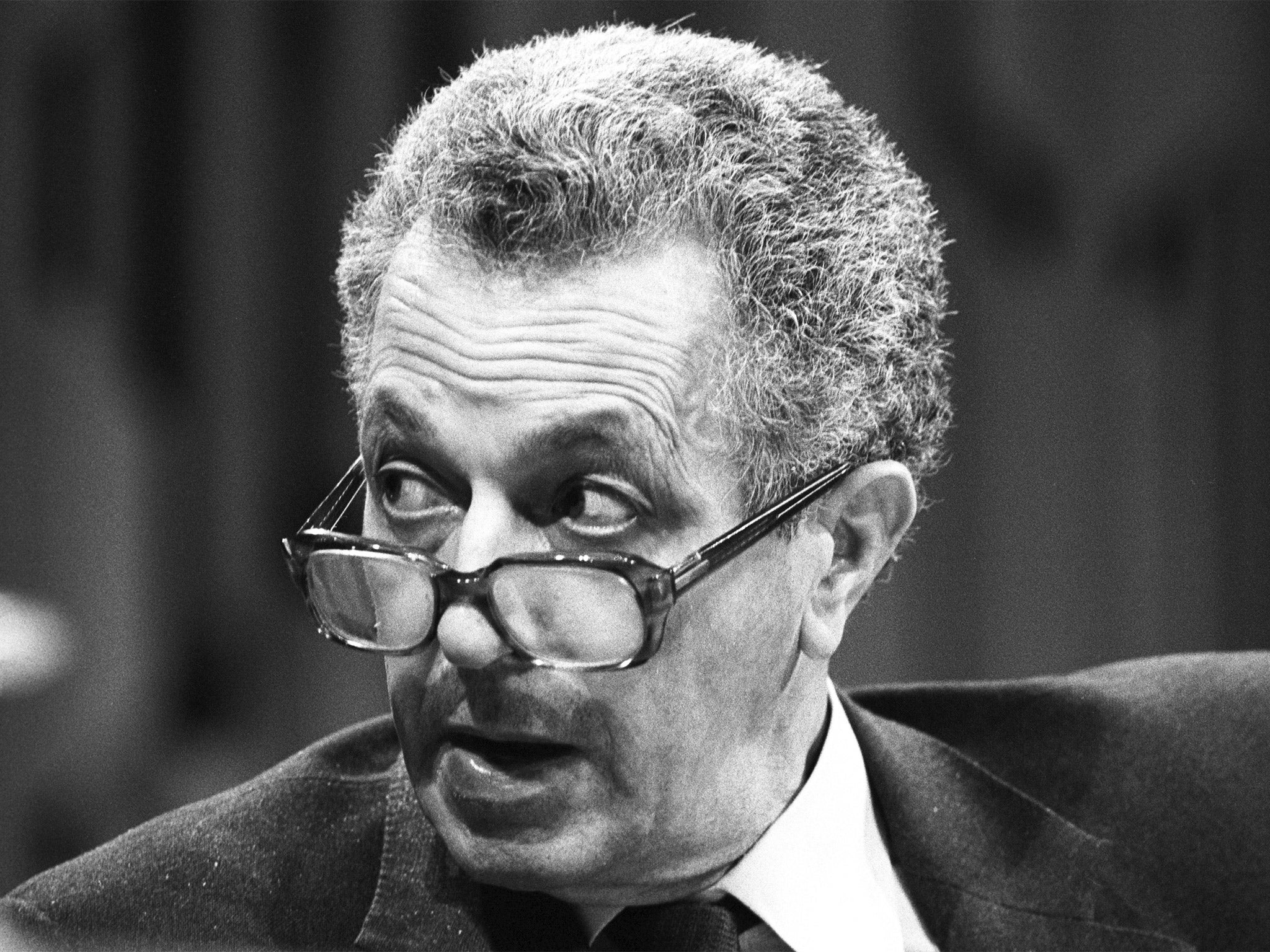David Cameron shuns the 'soggy centre' in favour of the 'common ground'
The Prime Minister is convinced that this area, much wider than the 'central ground' is where the majority are in Britain


David Cameron has a new mantra: he has urged his ministers to position the Conservatives on the “common ground” rather than the much-trumpeted “centre ground”.
In fact, his preferred choice of words is an old phrase, coined by Sir Keith Joseph, who was Margaret Thatcher’s intellectual guru. He urged her to make common cause with the public rather than get her bearings from a map of the Westminster village.
Some cabinet ministers struggle to explain the difference between the two concepts. Others continue to use “centre ground”; mission control at Downing Street clearly has work to do.
The Prime Minister is convinced that the “common ground” is where the “mainstream majority” are in Britain, and that it’s much wider than a “centre ground” calculated by splitting the difference between left and right. For example, Tory plans to reform welfare and the Human Rights Act might be viewed by Labour politicians as “right-wing” but, Mr Cameron believes, are supported by the vast majority and so a part of the nation’s “common ground”.
Inevitably, there is a political motive behind Mr Cameron’s move. The Tories’ Achilles heel remains being seen by voters as “the party of the rich”, and so standing on the “common ground” could bolster the Prime Minister’s attempt to sell his “one nation, compassionate Conservatism”. It may seem arcane debate. But the signals and labels do matter. In the margins of the Tory conference, there is a lively debate about how the party should react to Labour’s shift to the left under Jeremy Corbyn. Some right-wingers, including the former Defence Secretary Liam Fox, believe this gives the Tories the space to rediscover their traditional roots.
If Mr Cameron hopes that a nod to Sir Keith and Thatcherism would placate his right-wing Tory critics, he will be disappointed.
Right-wingers suspect he wants the party to be in what they deride as “the soggy centre” where the three main parties have often converged – and to where Labour might yet return before the 2020 general election if it ditches Mr Corbyn. “People who stand in the middle of the road get run over,” one Tory MP said. Right-wingers also point out that the three mainstream parties have lost votes to Ukip, the SNP and the Greens.
But Mr Cameron is convinced that veering to the right would squander a golden opportunity for the Tories to entrench themselves as the natural party of government. He insists that occupying the “common ground” will still allow the Government to bring in radical reforms in areas such as social care and prisons.
Five years in coalition brought home to him the dangers of a “centre ground” approach. The Lib Dems normally split the difference between the two biggest parties, as epitomised by their pledge to “cut less than the Tories and borrow less than Labour”. At their conference in Bournemouth last month, senior Lib Dems admitted their resulting identity crisis contributed to their rout at the May general election.
Mr Cameron has long favoured a “common ground” approach. In 2013, he argued: “The battle for Britain’s future will not be won in lurching to the right, nor by some cynical attempt to calculate the middle distance between your political opponents and then planting yourself somewhere between them.
“That is lowest common denominator politics – and it gets you nowhere. The right thing to do is to address the things people care about; to fix yourself firmly in what Keith Joseph called the ‘common ground’ of politics.”

A “centre ground” strategy was favoured by Tony Blair, as he completed the work begun by Neil Kinnock in dragging Labour back from the left. As an admirer of Mr Blair for the way he modernised his party, Mr Cameron might have been expected to copy it. He still refers to Mr Blair as “the master” and once styled himself “the heir to Blair”.
It seems that the Prime Minister relies on his political instincts rather than carefully planned positioning. But George Osborne may be more calculating.
When Mr Cameron became Tory leader in 2005, Mr Osborne argued that the party should be equidistant between its previous leader Michael Howard and Labour’s Gordon Brown.
The Chancellor’s biographer Janan Ganesh revealed: “Osborne drew a horizontal line on a scrap of paper to represent the political spectrum. He scribbled ‘Tories’ halfway along the right side of the line, ‘Brown’ some way to the left side and ‘Blair’ in its very middle. ‘That is where we have to be,’ he said, jabbing insistently at the Prime Minister’s name.”
Positioning has its limits. In the end, voters will judge a party’s policies, competence and whether they trust it with their money. Policies such as the cuts to tax credits affecting 3.2 million people will matter more than what label Mr Cameron puts on the Tory tin.
Join our commenting forum
Join thought-provoking conversations, follow other Independent readers and see their replies
Comments